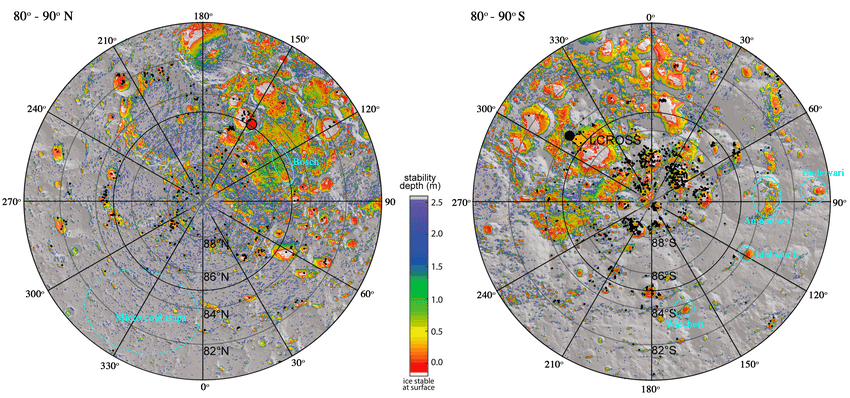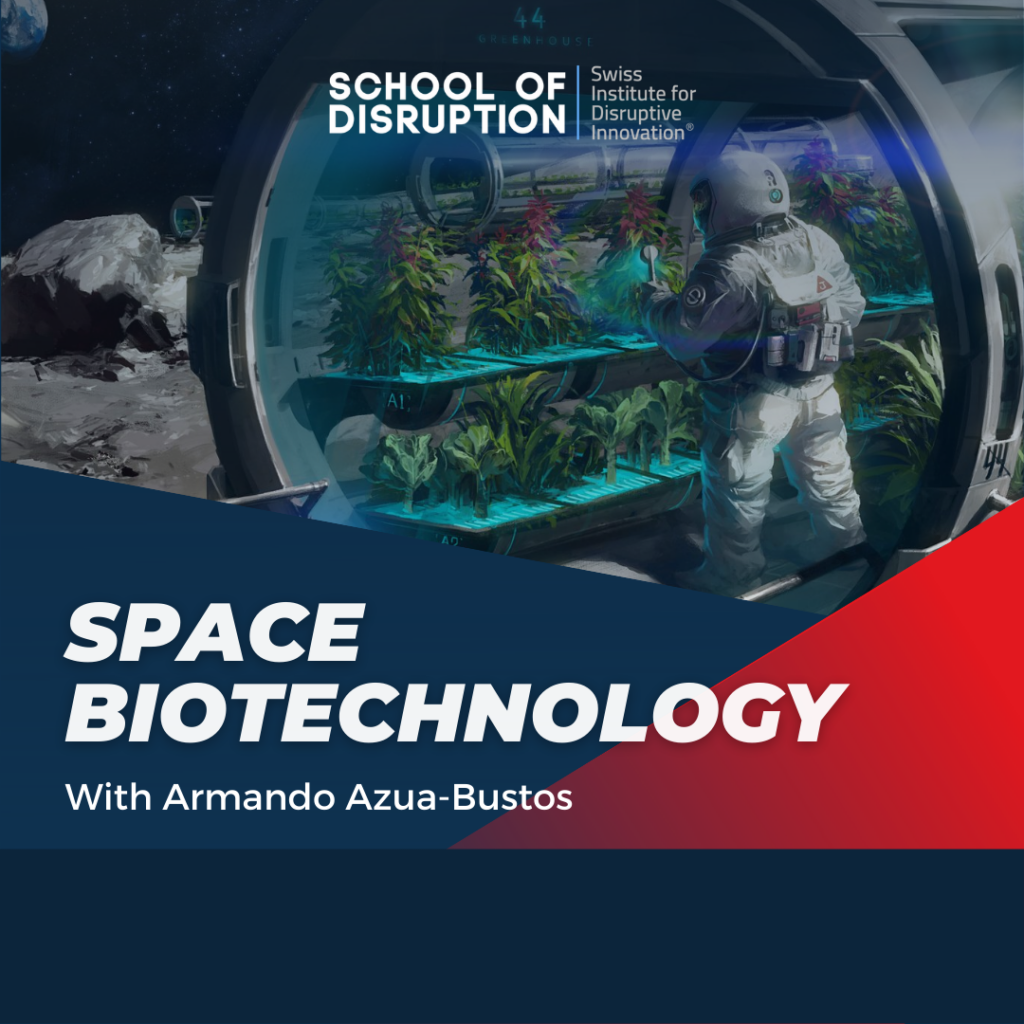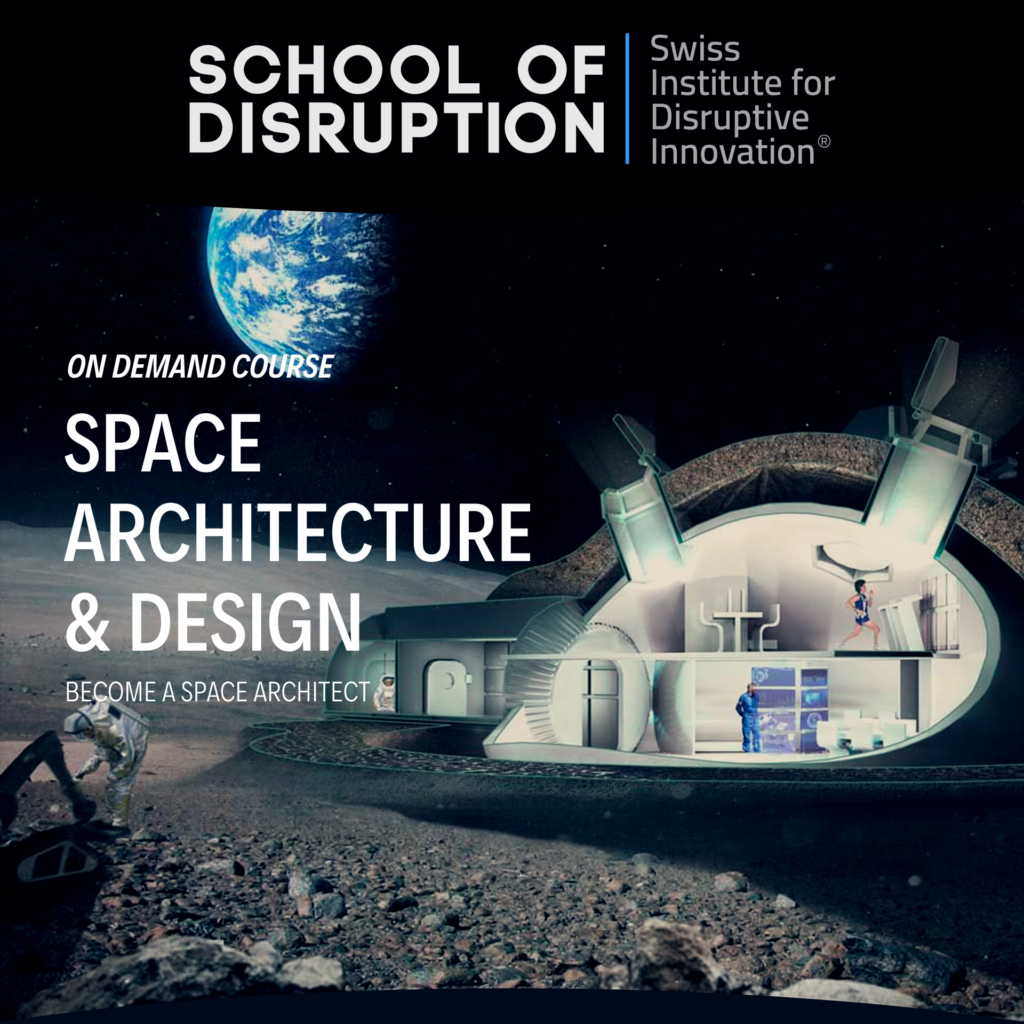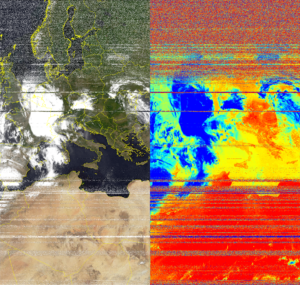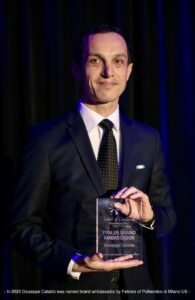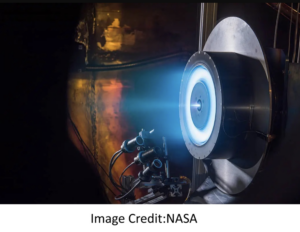Living and working in deep space for months (or even years!) during long-term space missions means that crew members have less immediate access to the life-sustaining elements readily available on Earth. Since the beginning of space exploration, we were able to send cargo and supplies to give support during each mission; however, the farther humans go into deep space, the more important it would be to generate products with local materials.
The practice that deals with this issue is well known as In-Situ Resource Utilization (ISRU). This program consists of collecting, processing, storing, and using materials encountered in human or robotic space exploration that replace materials that would otherwise be brought from Earth to accomplish a mission-critical need at reduced overall cost and risk.
What can we say about our nearest neighbour in space? The resource potential of the Lunar environment is increasingly being examined by major space agencies, industrial stakeholders, and research institutions worldwide, focusing on the production of fuel, gases for sustainable surface exploration and using the local material for construction purposes. Moreover, in the context of human spaceflight, a prominent focus of ISRU has been on the extraction, capture, purification, and sequestration of gases for life support (O2 and H2O) or propellant (H2 and O2).
Therefore, regarding ISRU for lunar exploration, the proposition of water ice and the composition of the surface regolith (lunar sand) is of particular interest for O2 and H2O.
Using near-infrared spectroscopic data from the Moon Mineralogy Mapper instrument onboard the Chandrayaan-1 spacecraft, the team of the Department of Geology and Geophysics (University of Hawaii) claim to have found direct evidence for water ice at the surface of polar, permanently shadowed regions. They state that the ice content dispersed in the regolith could be up to 30%. If accurate and accessible, these water deposits represent a compelling resource that could enable many ISRU processes.
Another source of oxygen is the lunar regolith itself, as it contains approximately 45% of oxygen per weight. As regolith is ubiquitous to the lunar surface, oxygen can be extracted from it essentially everywhere, although the composition varies considerably. Numerous studies have concluded that provided reliable production can be achieved: oxygen produced from the lunar soil for use as a mission-propellant oxidiser would save several times its mass in propellant launched from Earth.
Here comes into play Politecnico of Milano. On 5th May, it was reported that water production on the Moon’s surface would be finally possible thanks to a chemical-physical process that allows extracting oxygen from regolith. The experiments were conducted with the collaboration of OHB Italia as Prime Contractor, in the frame of the ISRU Demonstration Mission, the program funded by the European Space Agency (ESA) with the strong support of the Italian Space Agency (ASI).
The research team, led by Professor Michèle Lavagna, used a prototype system built and installed in the Department of Aerospace Science and Technology laboratories at Politecnico, thanks to the different competencies available at the University and the integration capabilities of OHB Italia. The system powered with sand simulating polar lunar soil produced the expected amount of water, extracting oxygen from the oxides present in the minerals of the lunar surface. The thin layer of sand that covers our satellite contains minerals also found on Earth, allowing chemical transformation processes known from terrestrial industrial applications.

We can proudly say that we reached a crucial step for future human missions to the Moon, as oxygen and water are fundamental elements for sustaining the life of a crew for a long-term space mission. This achievement also frees future lunar bases from the use of open-loop systems that require continuous refuelling from Earth, simplifying logistics and reducing the costs of transporting materials.
Watch the video here and find out more about the project!

